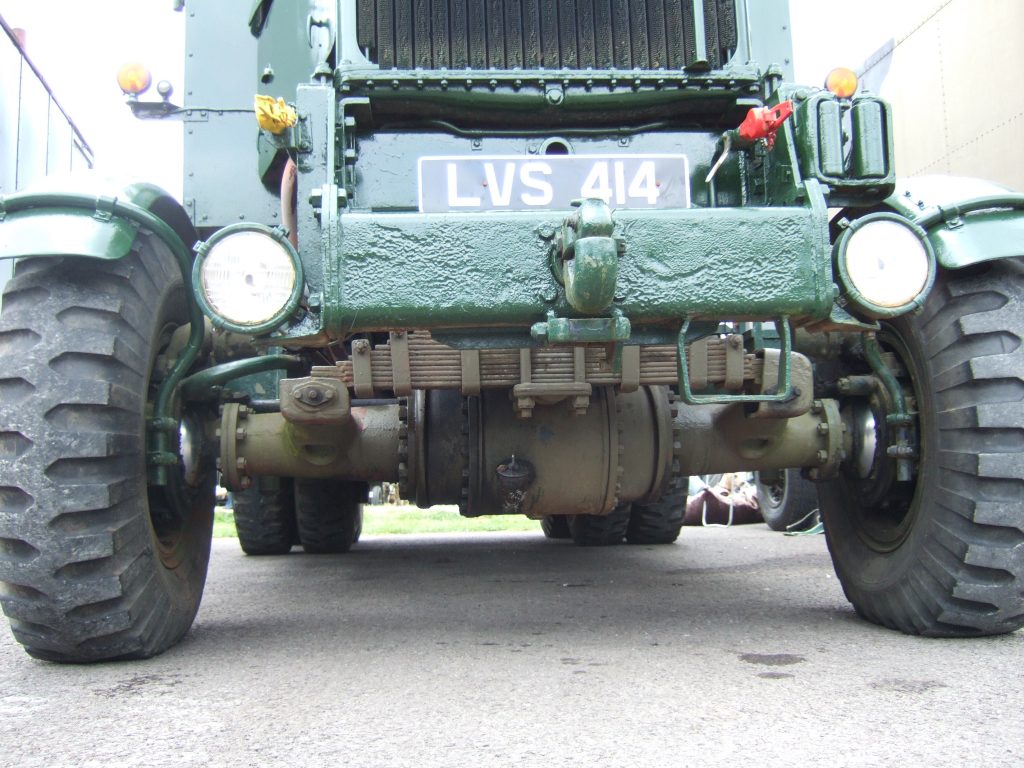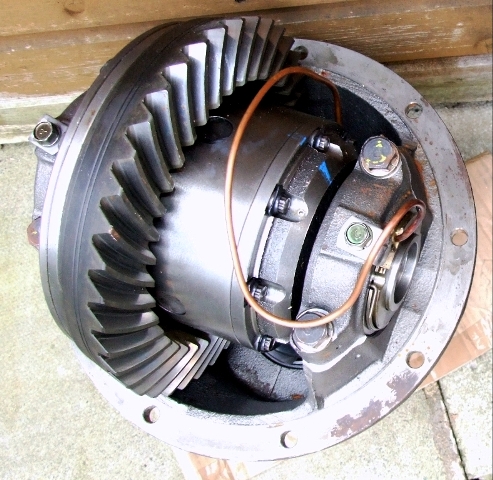Contents
– Self-locking differential: context
– Characteristics of a Self-locking differential
– Using a self-locking differential
– Price of a limited-slip differential
All vehicles are equipped with a differential to distribute power between the two or four drive wheels. Since the wheels do not turn at the same speed when cornering, a loss of grip can be compensated for by a device called a “self-locking differential,” which improves the cars’ behavior and influences the driving experience. We tell you all about it!
Self-locking differential: background
The driving wheels of a car do not turn at the same speed when cornering. The inside wheel turns slower than the outside wheel because it has less distance to cover than the other. The differential allows the two wheels to maintain traction by letting them turn at different speeds.
The disadvantage of a conventional differential is that it transfers the same amount of force to each wheel, which causes a loss of traction on slippery surfaces and in curves, where the traction of the wheel with the most traction slows down to zero, while that of the other wheel increases accordingly.
The self-locking axle, or more precisely, the self-locking differential, solves this problem by preventing the two drive wheels from turning at different speeds. It distributes the engine torque between the drive wheels as soon as they lose traction, thus avoiding wheel spin.
Precision: The limited-slip differential performs the same function by limiting engine torque transmission to the wheels when a certain level of slip is reached. This is still the most common system used on production cars. The two systems differ in their technical characteristics and the types of vehicles on which they are used.
Characteristics of the self-locking differential

The self-locking differential uses a helical screw to distribute the torque between the drive wheels. However, this device is very noisy and makes gearbox shifts harder.
In terms of maintenance, a specific “self-locking” additive must be added to the differential oil when it is replaced. Automotive oils incorporating the additive are available on the market. Also, when the differential loses its efficiency, the clutch discs eventually wear out and must be replaced to maintain the performance of the self-locking differential.
Note: The limited-slip differential works using a system of clutch plates that limit slippage and distribute torque to the wheels. Modern limited-slip differentials can be controlled by sensors and electronic control units or are fully electronic.
Another device, also sold as “self-locking,” uses ABS sensors, which act on the brakes by limiting power to one wheel without distributing it to the other.
Tip: When buying a new vehicle, ask salespeople or technicians about the exact nature and operation of the system installed or offered as an option.
Using a self-locking differential
The self-locking differential is mainly used in racing cars. Its almost immediate reactivity and its brutality require the driver to train to master its use.
The limited-slip differential is more commonly used on family cars and mighty sports cars. It allows safer use by improving traction control and power transfer to the ground. It is less efficient from a driving perspective than the self-locking differential, especially at low rpm. Its use is easier to master than that of the self-locking differential, requiring less training to drive. Its performance will therefore be optimized in sporty driving rather than in everyday driving. Besides, its quiet operation is suitable for mass-produced cars.
Good to know: both types of differentials can be adapted to production cars that are not equipped with them, but mainly for competition use. Plan to replace the differential bearings and the primary shaft bearing on the clutch side at the gearbox output, directly affected by the engine torque.
Price of a self-locking differential
The price range for a limited-slip differential is $1,100 to $2,600, depending on the type of car on which it is compatible.
Racing accessory dealers normally distribute these products. You can purchase them directly from their stores or on their websites.

